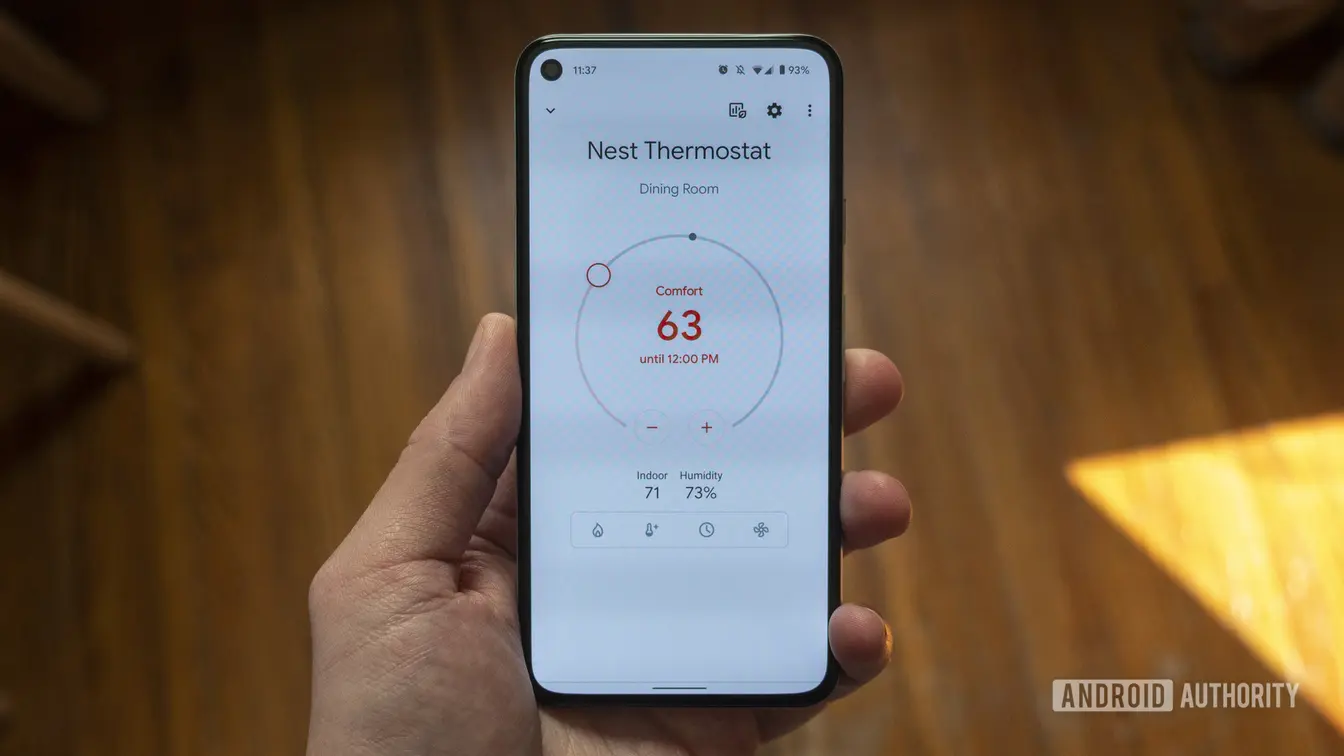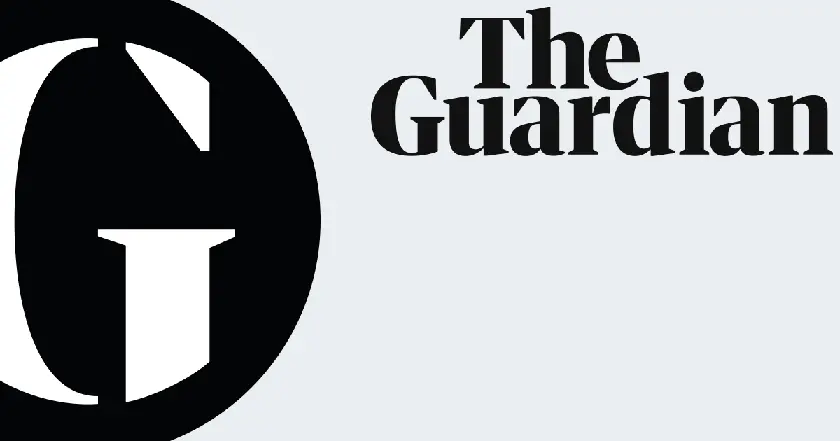T4K3.news
Hot water control comes to Google Home
Google confirms hot water controls are in final testing and will appear in a future Home app release as part of Nest to Home migration.

Google plans to add hot water controls to the Home app as part of a broader Nest to Home migration.
Hot water control arrives in Google Home
Google is testing hot water controls in the Home app, with a rollout planned in the near future. The feature will let users manage hot water from the Home app if their thermostat supports it, reducing dependence on the legacy Nest app. This follows last week’s rollout of temperature scheduling for older Nest thermostats, a sign Google is steadily moving Nest functions into the Home app.
The migration fits a broader push to consolidate smart home controls. Google’s Anish Kattukaran confirmed the feature is in final testing and will appear in one of the next releases after readers highlighted its absence. For some users, the change responds to concerns that the new schedule interface was a downgrade from the old Nest app, and it comes as the company seeks to streamline its ecosystem.
Key Takeaways
"hot water control is in final testing"
Statement from Anish Kattukaran, Google Home and Nest Chief Product Officer, on features in development
"one of our next few releases"
Kattukaran describing the release timeline for hot water control
"a single hub could be a game changer if it stays reliable"
Editorial assessment of the centralization strategy
"readers described the new schedule interface as a downgrade"
Online comments noting changes from the old Nest app
The drive to centralize smart home controls into the Home app is a long-term trend that could simplify daily routines. If successful, a single dashboard for heat, hot water, and other devices could reduce setup time and confusion. Yet any migration carries risk: outages or delays in rolling out updates could disrupt essential services. Google will need to balance ease of use with reliability and transparency about data practices as more devices funnel into one app.
Beyond usability, the shift tests how much control Google should exert over users’ homes. A centralized hub can boost adoption and interoperability, but it also increases dependence on a single platform. For homeowners, that means potential convenience and fewer apps; for critics, it raises concerns about privacy, data sharing, and vendor lock-in. The outcome will shape how aggressively others push centralized control in the smart home space.
Highlights
- One dashboard to rule smart homes at last
- Centralizing controls can simplify life and raise privacy questions
- The Home app as control hub is a bold bet by Google
- Heat and water at a tap could redefine daily routines
Migration friction and privacy concerns
Consolidating essential controls into the Home app may upset Nest users and raises questions about data practices as more devices operate under a single dashboard.
The next update will show if Google can keep the move seamless without overcentralizing control.
Enjoyed this? Let your friends know!
Related News

Eight evaporative coolers tested for energy savings

Top travel mugs and reusable coffee cups reviewed

Gaza's residents face critical struggle for survival

New guide on coffee makers

Betsy Lewis, 75, celebrates life after stopping cancer treatment

AI risk shaping money and life

Experts urge for plastic-free kitchen transitions
